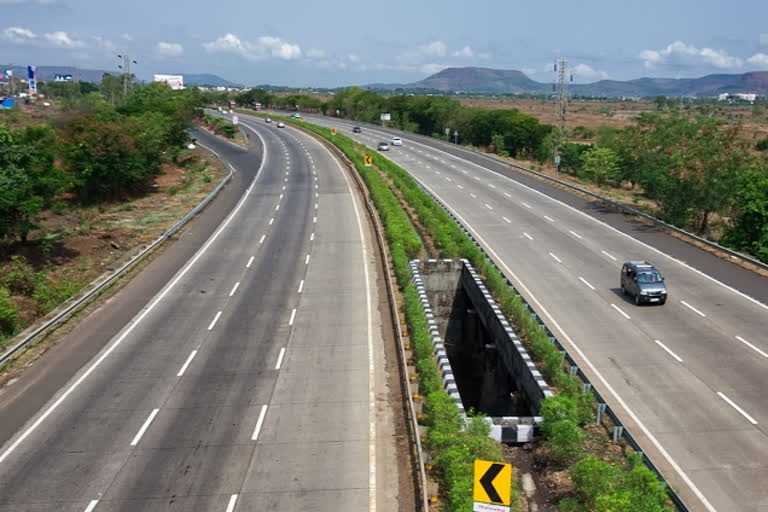New Delhi:Terming the recent budget a "development oriented" exercise, Union Road Transport and Highways Secretary Giridhar Aramane on Sunday said the pace of road construction will be further increased to achieve the target of expansion of national highways in the next fiscal. In the ongoing fiscal so far, he said, the National Highways Authority of India (NHAI) and the National Highways and Infrastructure Development Corporation Ltd (NHIDCL) have so far constructed 7,500 km of national highways, and in the remaining two months, at least 2,500 km of highway construction is expected.
In an interview with PTI, Aramane said, "The Budget for 2022-2 is development oriented. The large focus on infrastructure development is going to help the country reap the dividends in the coming decades." Finance Minister Nirmala Sitharaman while presenting the Budget for 2022-23 had said national highways will be expanded by 25,000 kilometres (km) during 2022-23. The Secretary said the target of construction of 25,000 km of national highways in the next fiscal year will be met under the PM Gati Shakti National Master Plan, under which the government will have to provide connectivity to all the economic nodes in the country. "We will increase the pace of highways construction. Existing ones will be made into bigger ones, stronger ones; and new ones to reach these economic nodes. So, together, it will be 25,000 km," he explained.
According to the Economic Survey, there has been a consistent increase in the construction of national highways/roads since 2013-14, with 13,327 km constructed in 2020-21 as compared to 10,237 km in 2019-20. The Road Transport and Highways ministry had targeted to construct 12,000 km national highways in the current fiscal. Aramane said infrastructure development has been made cheaper by pumping in resources and the large focus on PM Gati Shakti National Master Plan is going to help faster execution of the infrastructure projects. He pointed out that while there are 810 economic nodes, out of them 730 are already connected in one way or the other. "We need to provide multiple connectivity to economic centres, such as Mumbai, or Nasik or Delhi or Varanasi and places where a large number of commuters are there, large segments of goods, transport originate, and find its destination," Aramane said.
